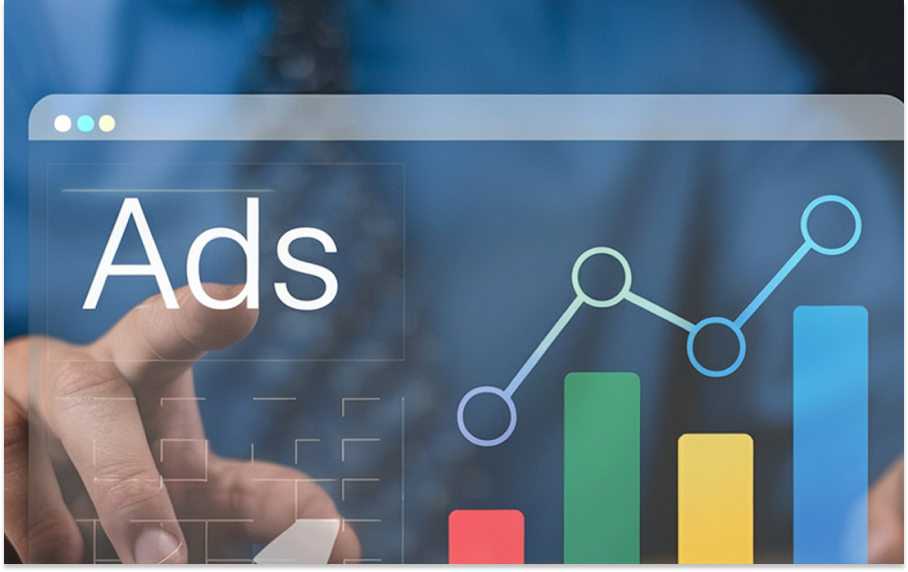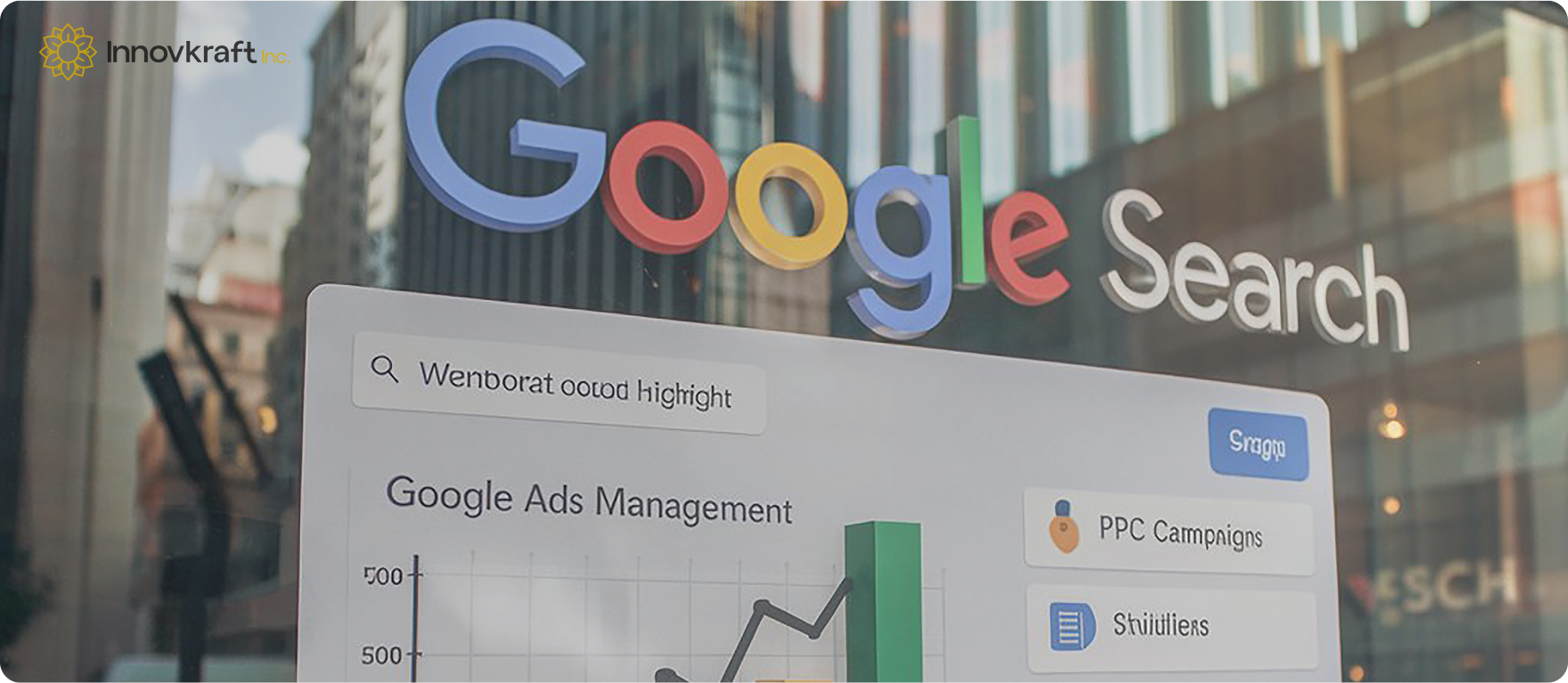

Google Ads is one of the most powerful digital marketing tools since it enables firms to target potential customers with accuracy. But what really makes it work is that it can put users into groups so that ads may be sent to them in a way that is best for them. Understanding audience segments in Google Ads is essential if you want to maximize your budget, improve targeting accuracy, and enhance conversions.
In this guide, we will explore what Google Ads audience segments are, the types available, practical strategies, and how to use them for smarter targeting. By the end, you’ll have a clear roadmap to build campaigns that actually resonate with your audience.

Audience segments in Google Ads are groups of people organized by shared interests, intent, demographics, or behaviors. Google provides a wide range of predefined categories such as in-market buyers, affinity audiences, and demographic profiles while also giving advertisers the option to build custom groups using their own first-party data or competitor insights. By applying these segments, you can target, observe, or exclude audiences at the campaign or ad group level, which gives you granular control over who sees your ads and when. This flexibility makes sure that businesses of all sizes can change their targeting to fit their own goals and the way their customers go through the buying process.
You can learn more directly from Google Ads Help.

Segmentation guarantees that your ad reaches the most likely audience to engage. Broad efforts sometimes waste budget, whereas tailored tactics receive Return on Ad spend (ROAS). By refining your targeting, you not only reduce Ads Budget but also enhance the customer experience because users are served ads that feel relevant rather than intrusive.
According to HubSpot, segmented campaigns can achieve up to a 760% increase in revenue because they match relevance with timing. For organizations that compete in competitive markets, this edge might mean the difference between slow growth and steady sales. If your campaigns aren’t optimized, look at Innovkraft’s Performance Marketing services to improve your targeting and get higher ROI.
| Segment Type | Best Campaigns | Goal |
|---|---|---|
| Affinity | Display, Video ads, Demand Gen Campaigns | Brand awareness |
| In-market | Search, Shopping, Display | Acquisition |
| Detailed demographics | Search, Video | Messaging relevance |
| Life events | Video, Discovery | Timed offers |
| Your data (remarketing) | Display, Search, Video | Recovery and retention |
| Custom segments | Search, Display, Video | Niche precision |
| Similar audiences | Display, Video Campaigns | Scale efficient reach |

Using audience segments in Google Ads is vital for brands that want to maximize return on ad spend. Well-structured segments ensure your ads reach the right people at the right time, improving engagement, conversions, and long-term customer value. The key lies in experimenting with different segment types, testing combinations, and refining based on data-driven insights. By applying these strategies, businesses can cut wasted spending and scale campaigns more efficiently.
At Innovkraft, we specialize in building tailored segmentation strategies that drive results. Ready to optimize your targeting? Contact us today.